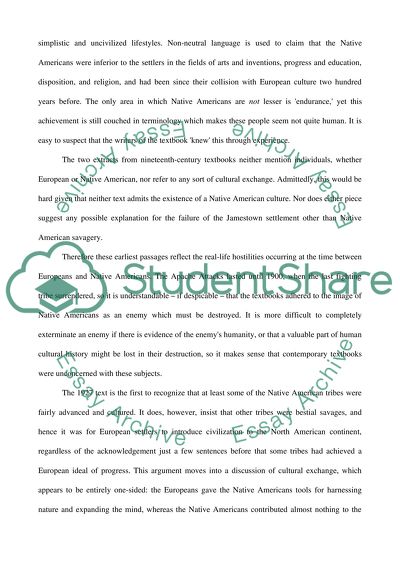Cite this document
(“The Relationship between Colonists and Native Americans Assignment”, n.d.)
Retrieved from https://studentshare.org/history/1408546-history-very-important-paper
Retrieved from https://studentshare.org/history/1408546-history-very-important-paper
(The Relationship Between Colonists and Native Americans Assignment)
https://studentshare.org/history/1408546-history-very-important-paper.
https://studentshare.org/history/1408546-history-very-important-paper.
“The Relationship Between Colonists and Native Americans Assignment”, n.d. https://studentshare.org/history/1408546-history-very-important-paper.


